It’s the perennial puzzle for travelling photographers: what gear should I take on my next trip? On this occasion, I had no problem selecting a kit for a visit to a photographer’s dream location. I was off to the Monterey Peninsula, one of the most scenic locations in a spectacularly scenic state – California. And, it seemed the perfect opportunity to put my developing rangefinder photography skills to the test. So, off I went, with a Leica-M kit and no safety net.
On my first post-pandemic excursions to Italy, and then the Iberian Peninsula, I travelled with just a Leica Q2. It proved to be a great choice. But on a recent trip Down Under, I expanded my options. In addition to the Q2, I took a Leica SL2 and Lumix 20-60mm f/3.5-5.6 combo. This also turned out to be a winning move.
Congratulating myself on my new-found adventurous spirit, I decided to try out yet another travel-photography-gear configuration.
My next trip would entail a short flight, rental car pickup, and four day driving tour of the Monterey Peninsula. You can see it in the first map, in relation to San Francisco, where we landed. The Monterey Bay Aquarium, one of the places we planned to visit, is highlighted.
This short trip offered a golden opportunity to find out if I could truly use a rangefinder camera in anger. Surely, my Leica-M kit, comprising an M240 and three lenses, would be easy to carry and cover all photographic eventualities?

The Monterey Peninsula
The Central Coast region of California lies between San Francisco, to the North and Los Angeles, to the South. Unlike those two book-end conurbations, it is a much more sparsely populated region. Its most famous strip of rugged coastline is known as Big Sur. Tourists traverse it by the equally well-known Pacific Coast Highway or Route 1.
The Monterey Peninsula juts out into the Pacific, to the north of Big Sur and South of Santa Cruz (second map, above). The city of Monterey sits at its northern end and Carmel-by-the-Sea at its southern end (third map, above). Between Santa Cruz and Monterey lies Monterey Bay.
Monterey will forever be associated with the Nobel-Prize winning American author, John Steinbeck. He was born in nearby Salinas, and spent many years living and writing in Monterey. One of the city’s main streets was renamed ‘Cannery Row’, after Steinbeck’s novel of that name. It speaks to the sardine fishing and canning businesses that were centred in Monterey during the last century.
The Monterey Bay Aquarium
Monterey Bay is home to a rich and highly diverse ecosystem. The world-famous Monterey Bay Aquarium features many creatures known to inhabit the surrounding waters. Sea otters are probably the most famous nearby ocean dwellers. We saw several frolicking amongst drifting kelp rafts out in the bay, while having dinner one evening.
The aquarium is built on the site of a former sardine canning factory, whose original pipework and ovens have been incorporated as displays. Appropriately, it sits on Cannery Row, a stone’s throw from the hotel at which we stayed. It is regularly voted as one of the top family tourist attraction on the West Coast, and one of the world’s best aquariums.







Interior and exterior of the Monterey Bay Aquarium, illustrating its adjacency to the bay, its origins as a canning factory, and an orca replica, with exposed ducting in the ceiling above
Although the aquarium has many superb displays, two in particular were stand-outs.
Kelp garden
The first, for me the centrepiece of the aquarium, was a gigantic, cylindrical kelp garden. Visitors can view the tank’s marine life from multiple floors, and almost every angle around a 360 degree radius. Monterey Bay supplies the water inside. Careful temperature control, together with copious sunlight from above, and gentle wave motion supplied by a huge piston at the top of the tank, are critical for the healthy growth of the kelp.
Photographing creatures inside the tank posed a few challenges. Firstly, crowds of visitors stand in front of its windows, blocking the view. In addition, window reflections often complicated framing. Finally, the fish did not always cooperate, choosing to change direction and swim away at the last moment.
Fortunately, we were able to secure a couple of seats for a feeding display. Over a loudspeaker, a scuba diver submerged in the tank talked us through the feeding regime, surrounded by hungry fish. A number of small sharks pushed themselves to the head of the line.
Jellyfish
The second, breathtaking display highlighted the jellyfish collection. The aquarium is a world-leader in the captive breeding of jellyfish, and the first to successfully raise several rare species. The superb illumination of the tank, together with the slow pulsating movement of the jellyfish, was mesmerising. I found it hypnotic, and could have stared at the display all day.
I used my 75mm Summarit to photograph individual jellyfish. For ‘shoals’, I used a 35 mm Summilux. The contrasting colours, remarkable shapes, and intertwined tendrils give the images an almost abstract quality.
There were of course many other fascinating displays and demonstrations to enjoy. Penguin feeding was extremely popular, and so I had to resort to shooting from the back of the crowd. The 75mm Summarit, plus some cropping in post-processing, came in handy for this session.
It was back to the 35mm Summilux though for a shot of the tropical tank. This featured brightly coloured, live coral and a rainbow collection of small fish.
I was carrying my lenses in a Billingham, Small Pro camera bag. This offered plenty of spaces to drop in the previous lens while installing the new one. Overall, lens-changing throughout the trip was uneventful. No lenses were dropped onto concrete floors. A zoom would have been easier, but optically, the three prime-lens kit delivered great photos.
17-Mile Drive
There are a number of ways to drive from Monterey to Carmel-by-the-Sea, at the southern end of the Monterey Peninsula. But by far the most scenic, and the most famous, is the 17-Mile Drive. It costs $12. That’s just over 70 cents per mile. It is worth it.
Within a few minutes of beginning the drive, you reach the ocean. Here, you can marvel at the deep blue water and crashing waves, as several currents converge, roiling the ocean surface.
Soon, you reach ‘Bird Rock’, sitting a hundred yards off the coast, painted white by perpetual deposits of guano. Birds excrete their nitrogenous waste in the form of uric acid, which forms a water-insoluble, sticky white paste. It makes a great fertilizer, if you are prepared to risk life and limb to paddle to the rock and scrape it off.
Further along, you pass grand châteaux, hiding behind dry-stone walls, looking as if they had been air-dropped from Bordeaux. And then, you come to one of the most famous views in the world.
The Lone Cypress
One of the most photographed trees in the US, this Monterey Cypress sits on a granite headland, overlooking Carmel Bay. Although its exact age is unclear, it probably grew from a seed that landed on this spot around 1750. This was before California became part of the United States. Monterey Cypress are rare, growing only in one region of the Monterey Peninsula, and the nearby Point Lobos Nature Reserve. So, this isolated specimen is a rare treasure of nature, indeed.
It is a magnificent sight. Its survival for centuries, alone on a rocky promontory, exposed to the elements, is an inspiration for nature lovers. I defy anyone who sees it in person to remain unmoved by the beauty of the scene: the weathered profile of the Cypress; the rocky cliff it sits upon; the blue ocean and crashing waves below; the distant, cloud-topped headland in the distance. It has it all.
I took many photographs of the tree, from multiple angles and locations. I shot the two above, which are uncropped, using my 75mm Summarit and 35mm Summilux. They are both fabulous lenses.
Pebble Beach and beyond
There are many other famous stops along the 17-Mile Drive. The golfers amongst you will have heard of the Pebble Beach Golf Club. I can understand why this is a regular venue for the US Open. The setting is sensational, and the views from the course, breathtaking.
Eventually, the route comes to an end. My first impulse was to turn around, hand over another $12 and drive it again, in the other direction. However, other attractions awaited, and so on we drove, to one of the most charming, and storied towns in California.
But that’s a story for next time.
Here is the previous article in this series
And, here is the second article in the series
The first article in the series
Want to contribute an article to Macfilos? It’s easy. Just click the “Write for Us” button. We’ll help with the writing and guide you through the process.

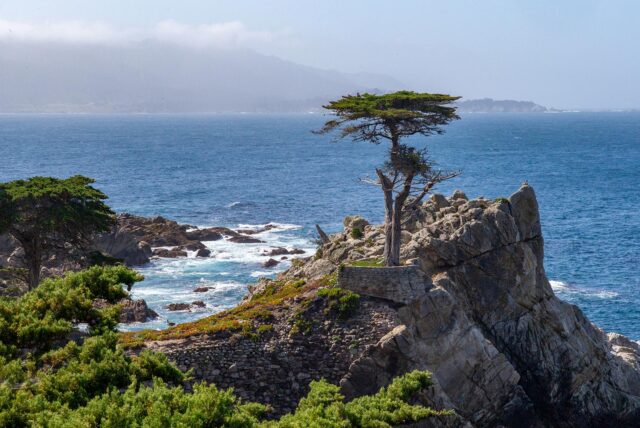
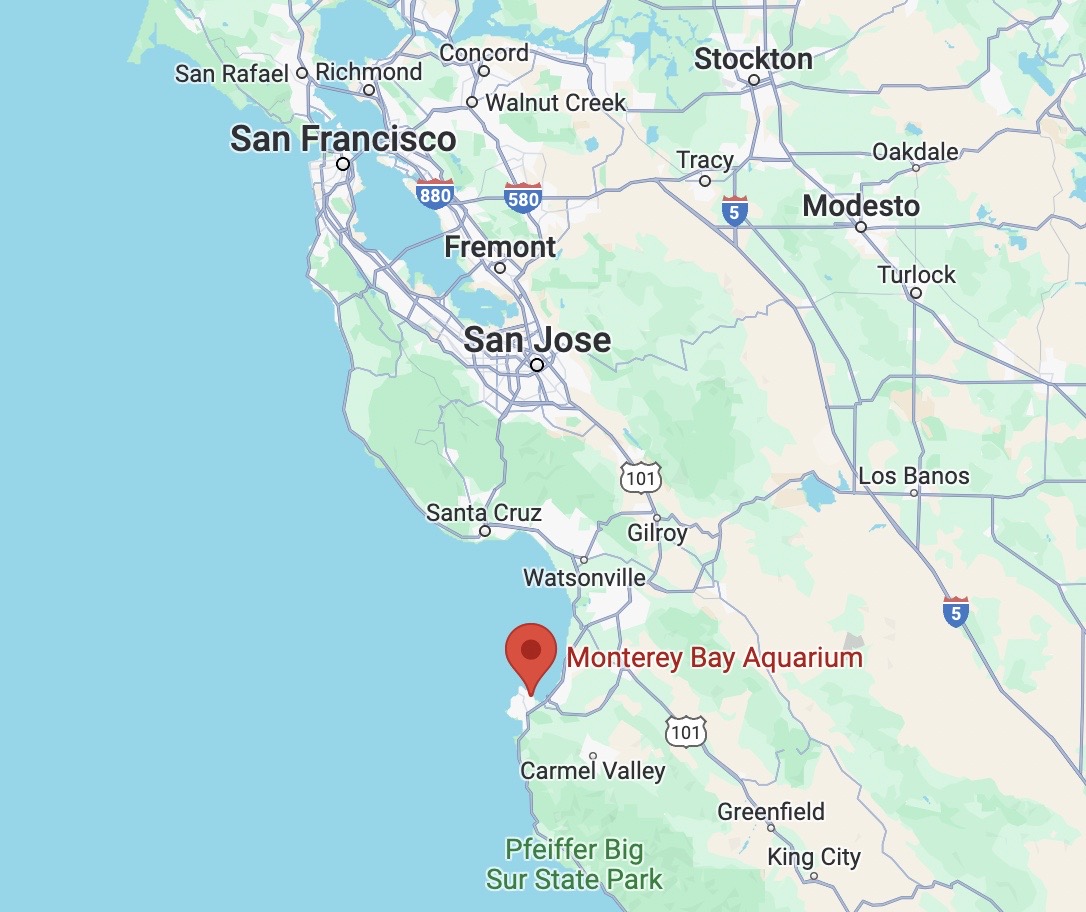
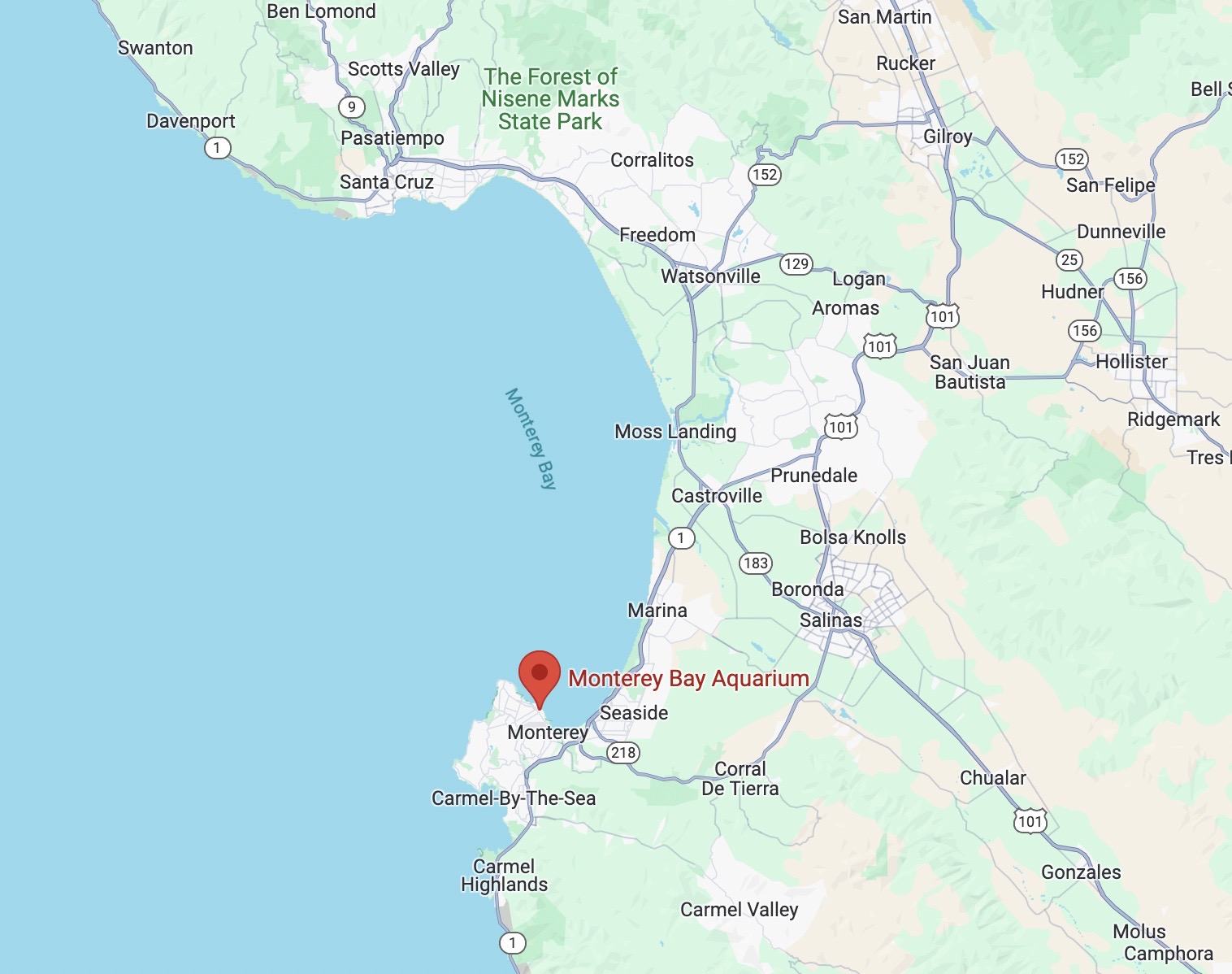
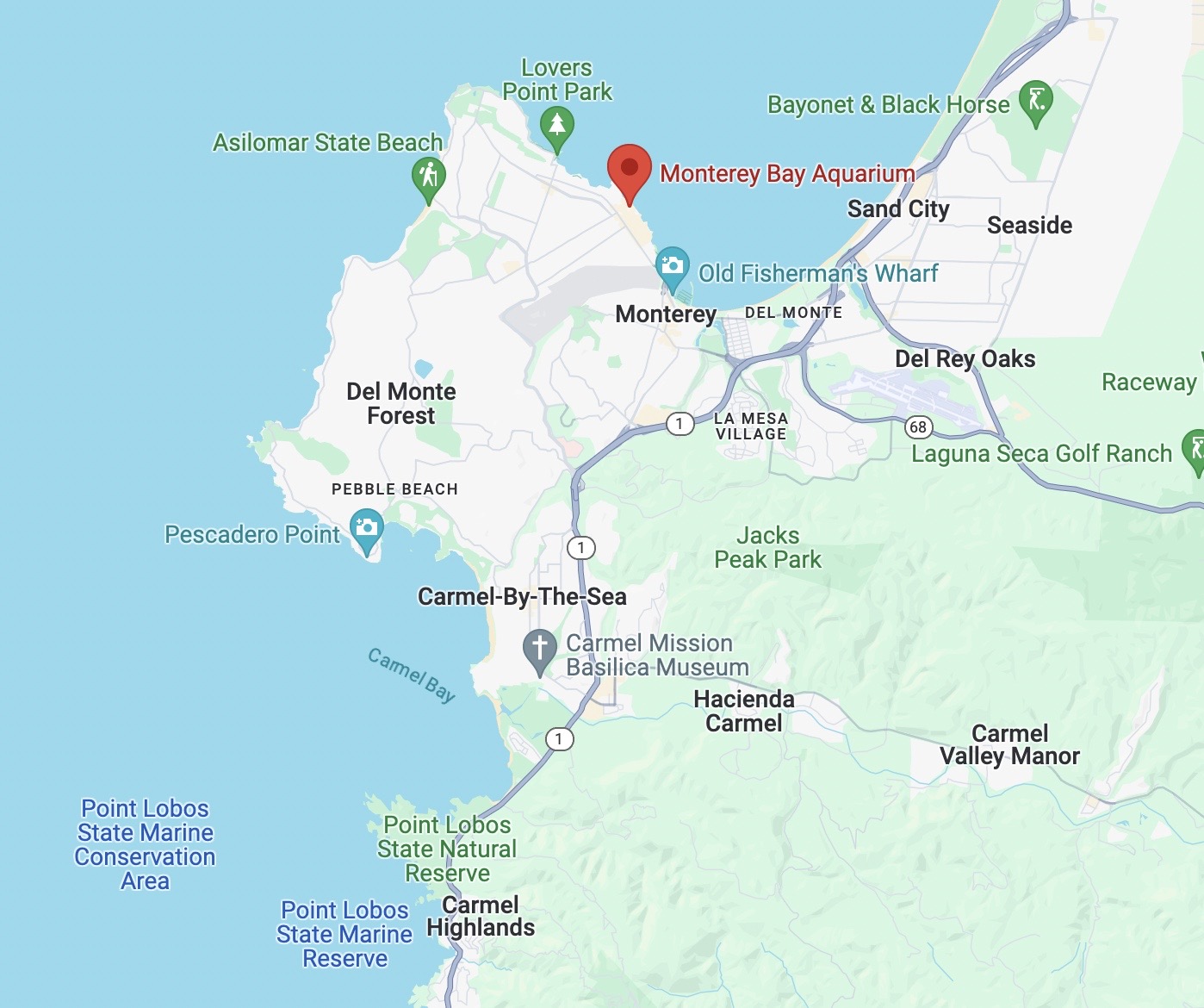
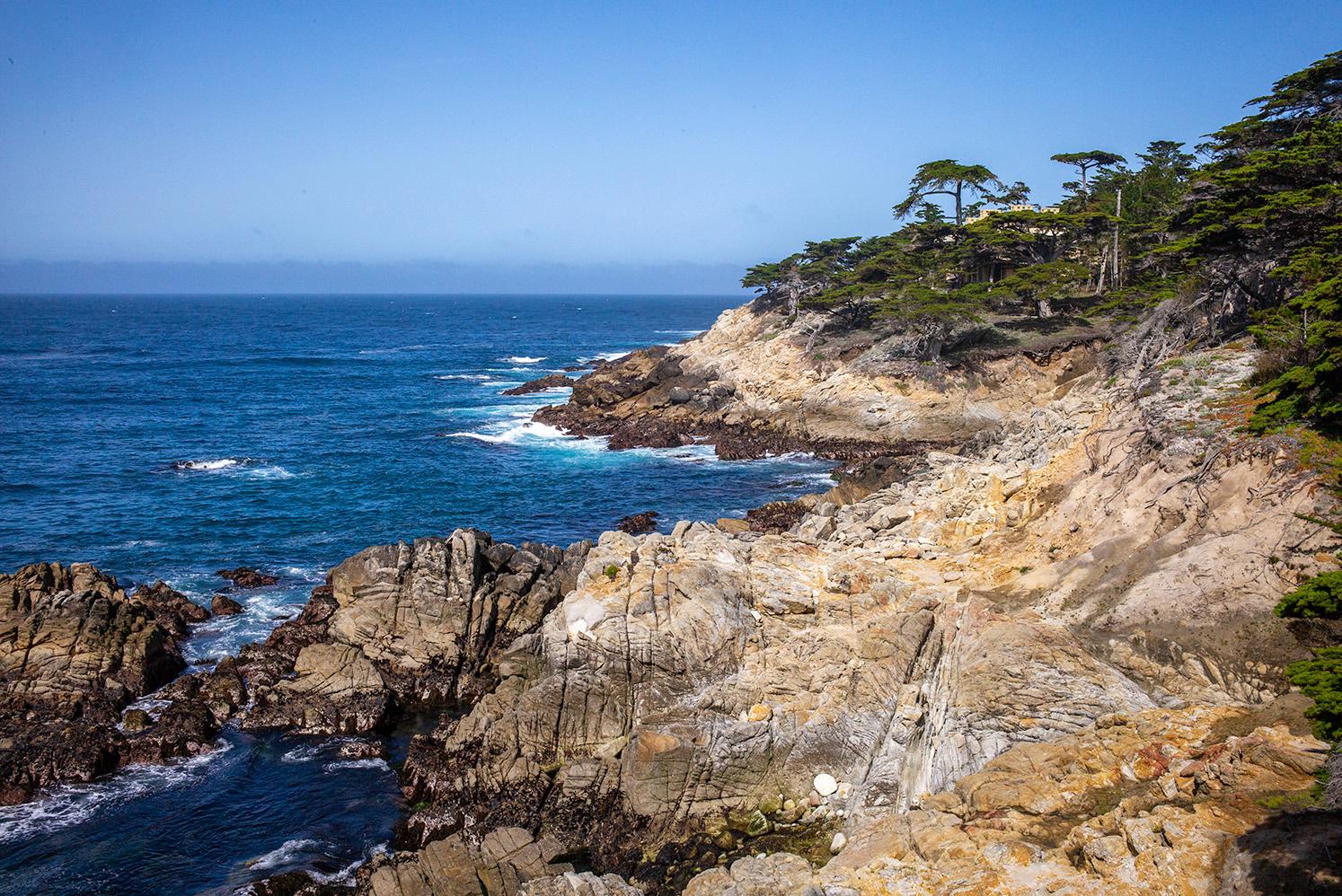
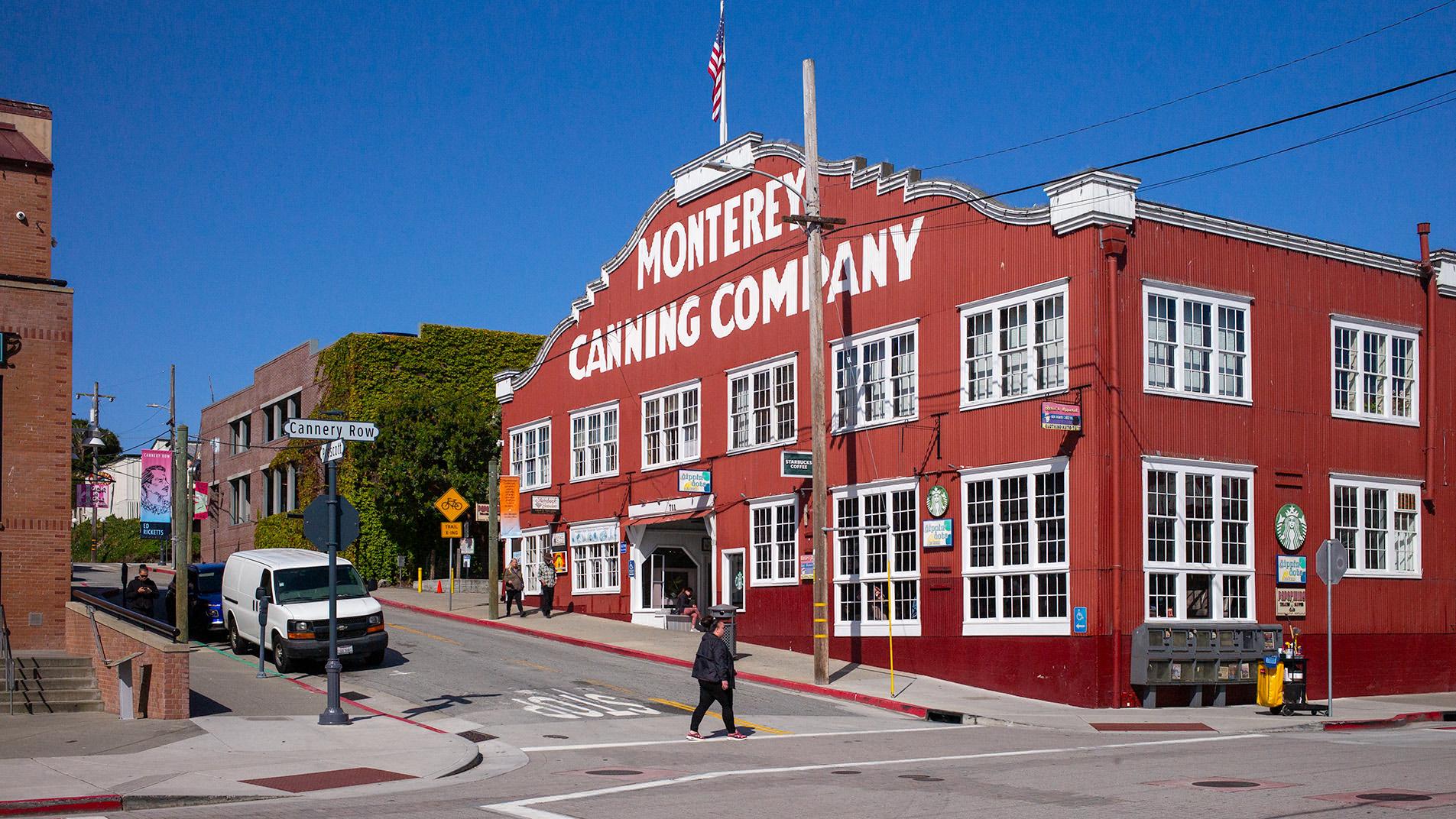
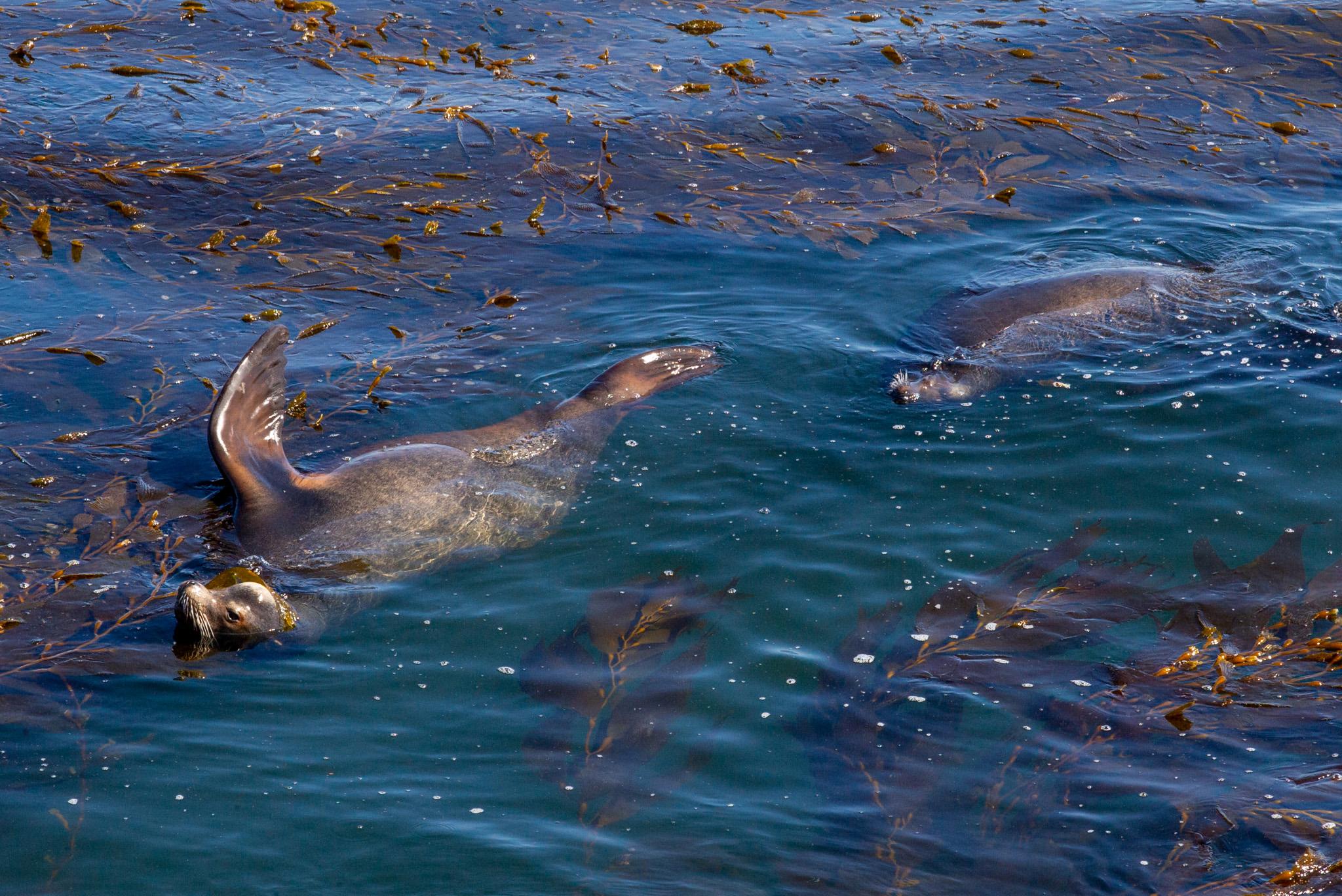
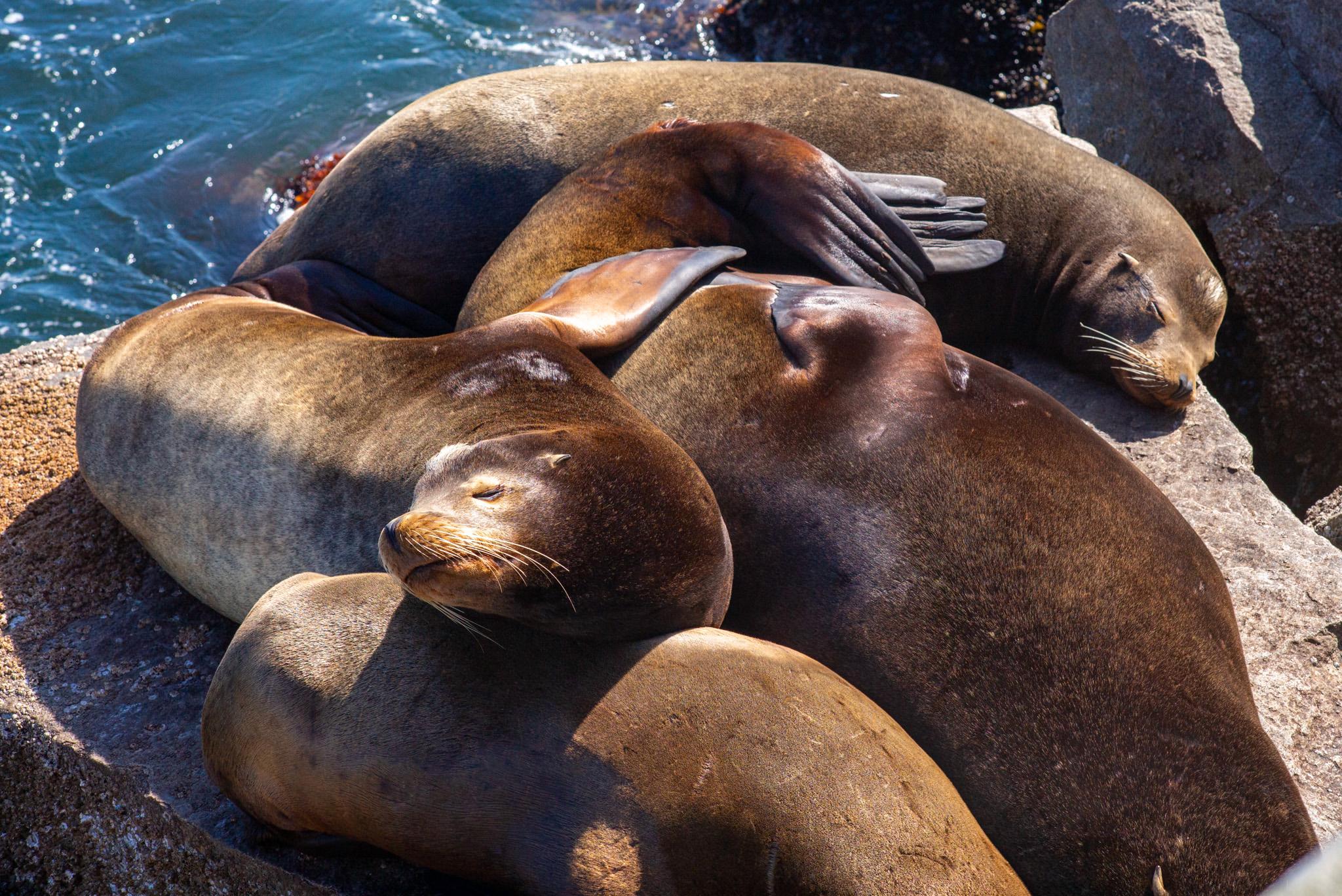
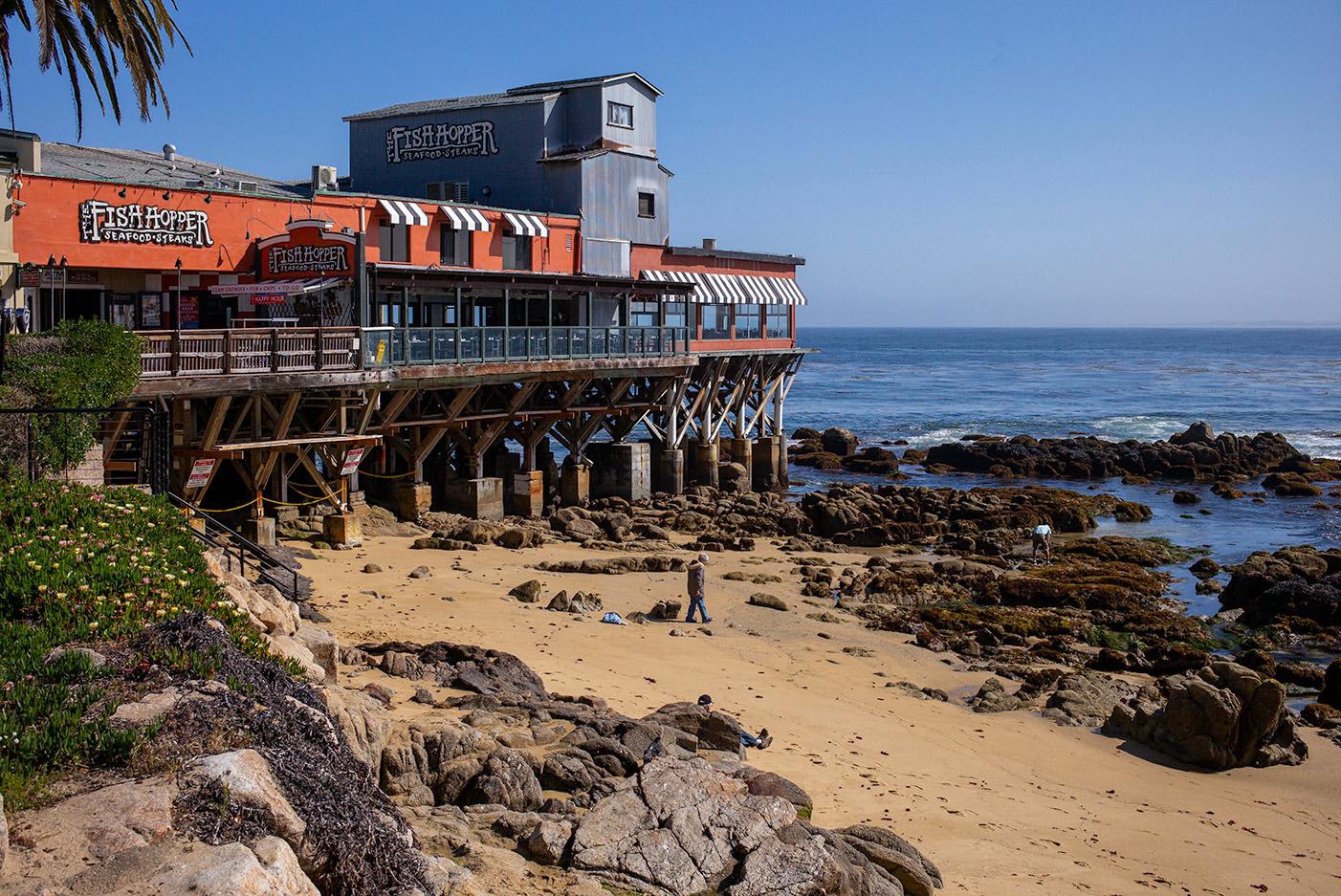
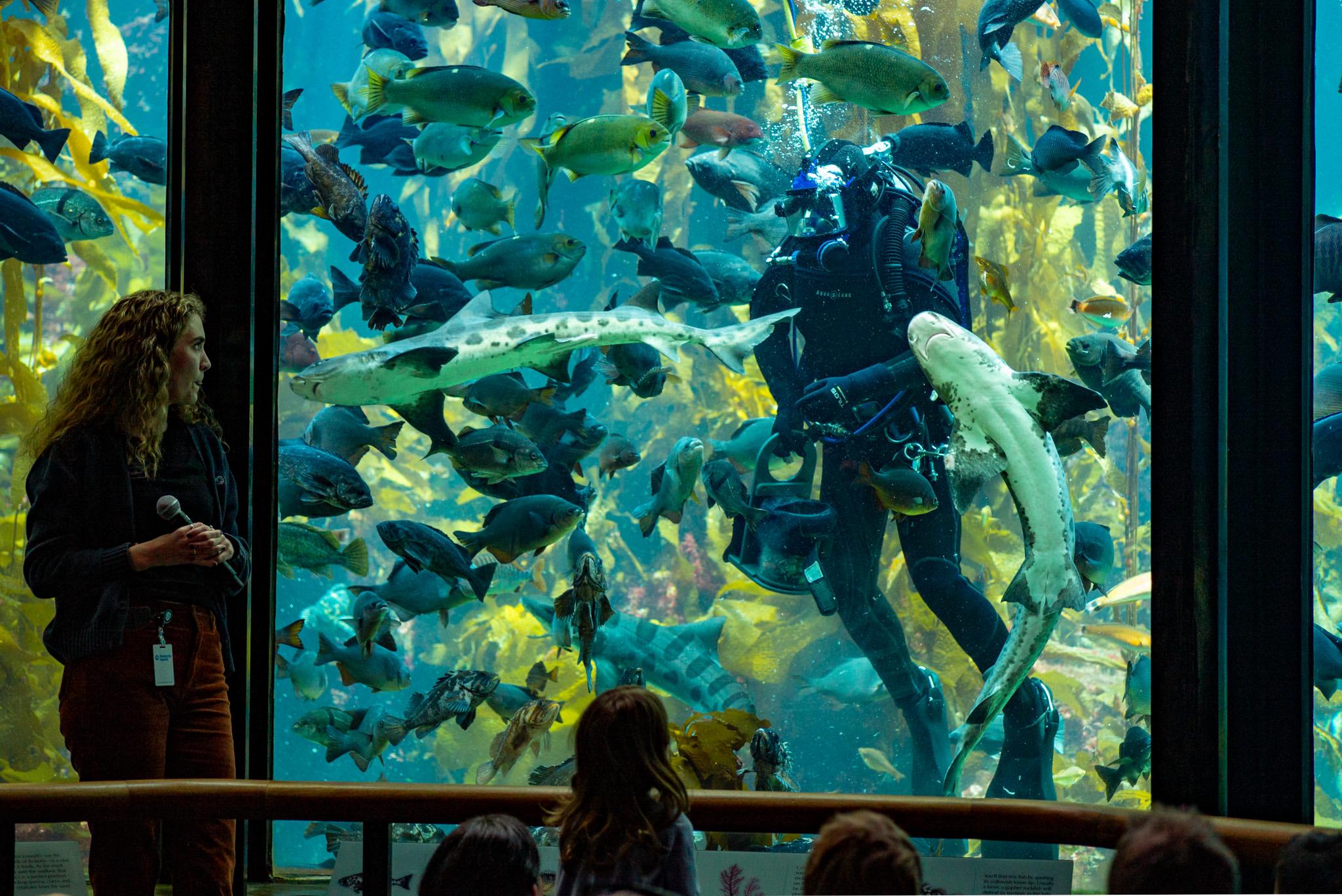
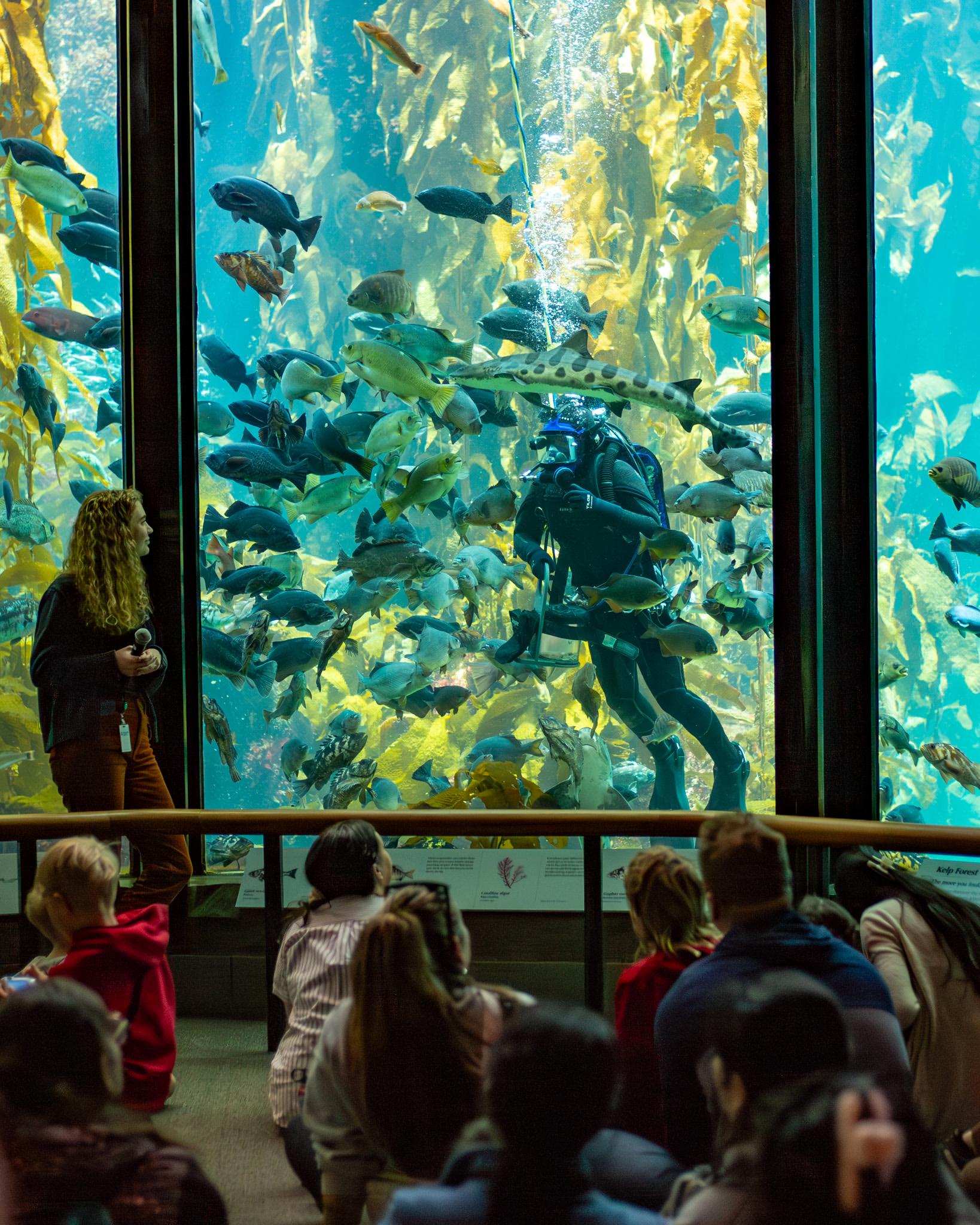
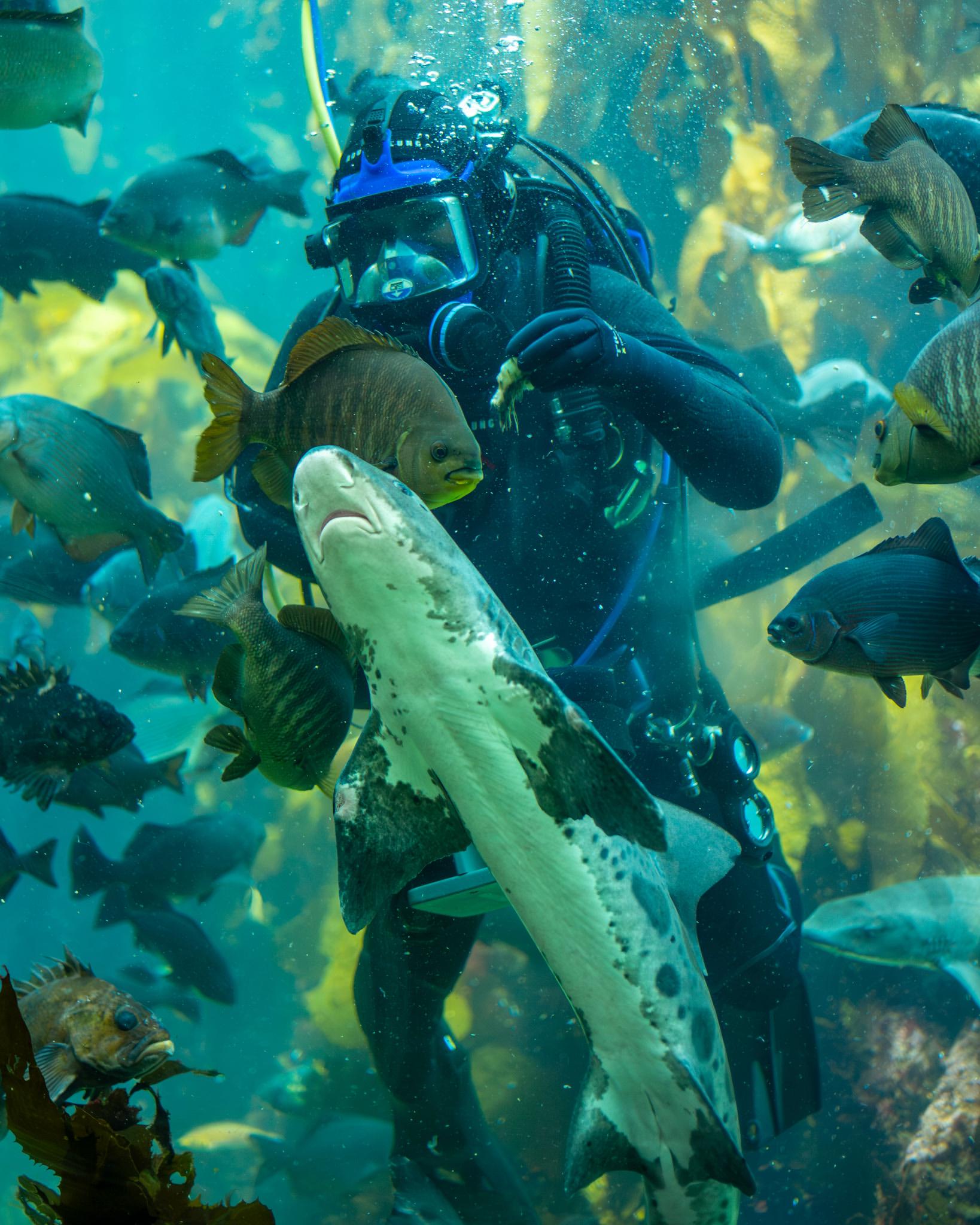
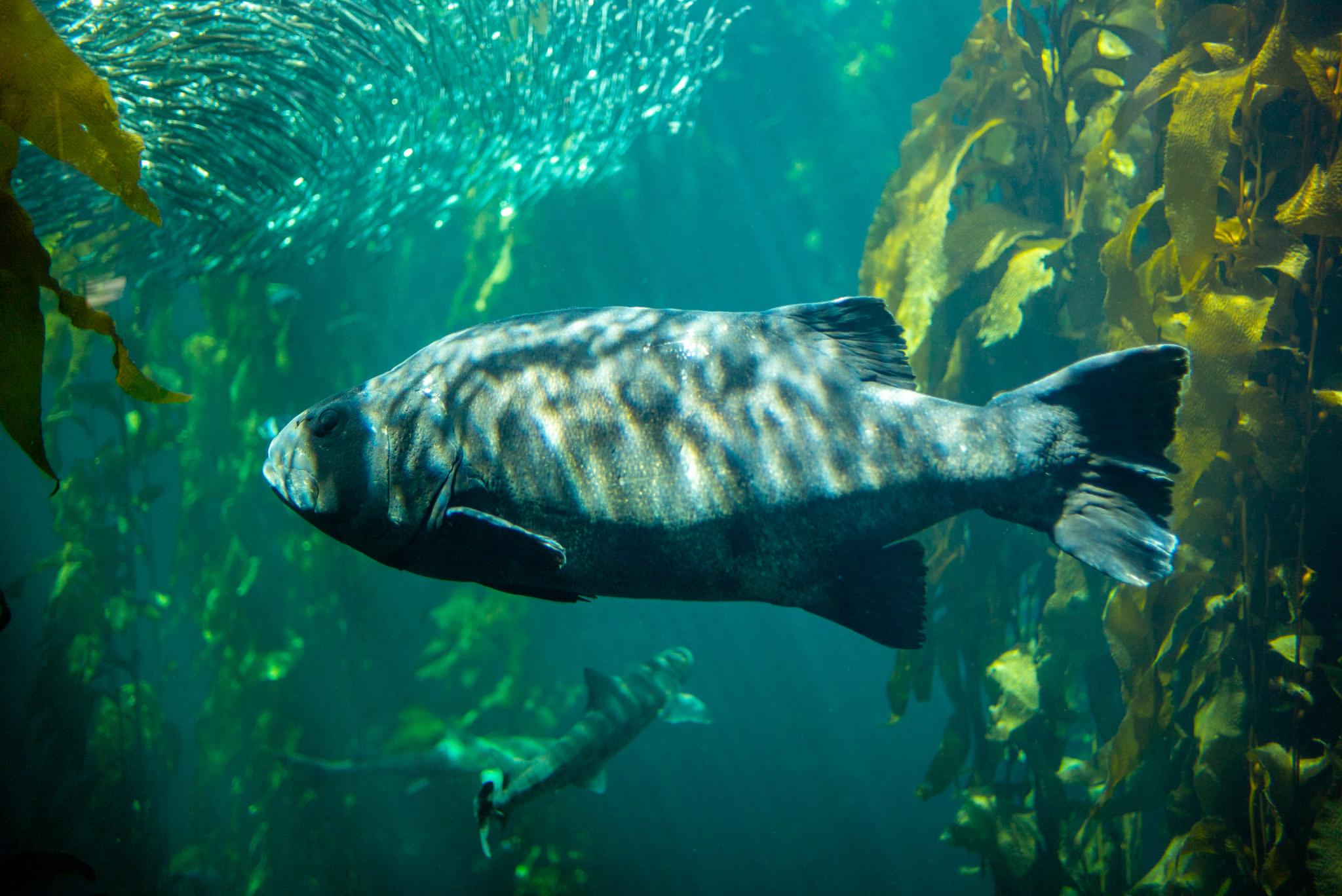
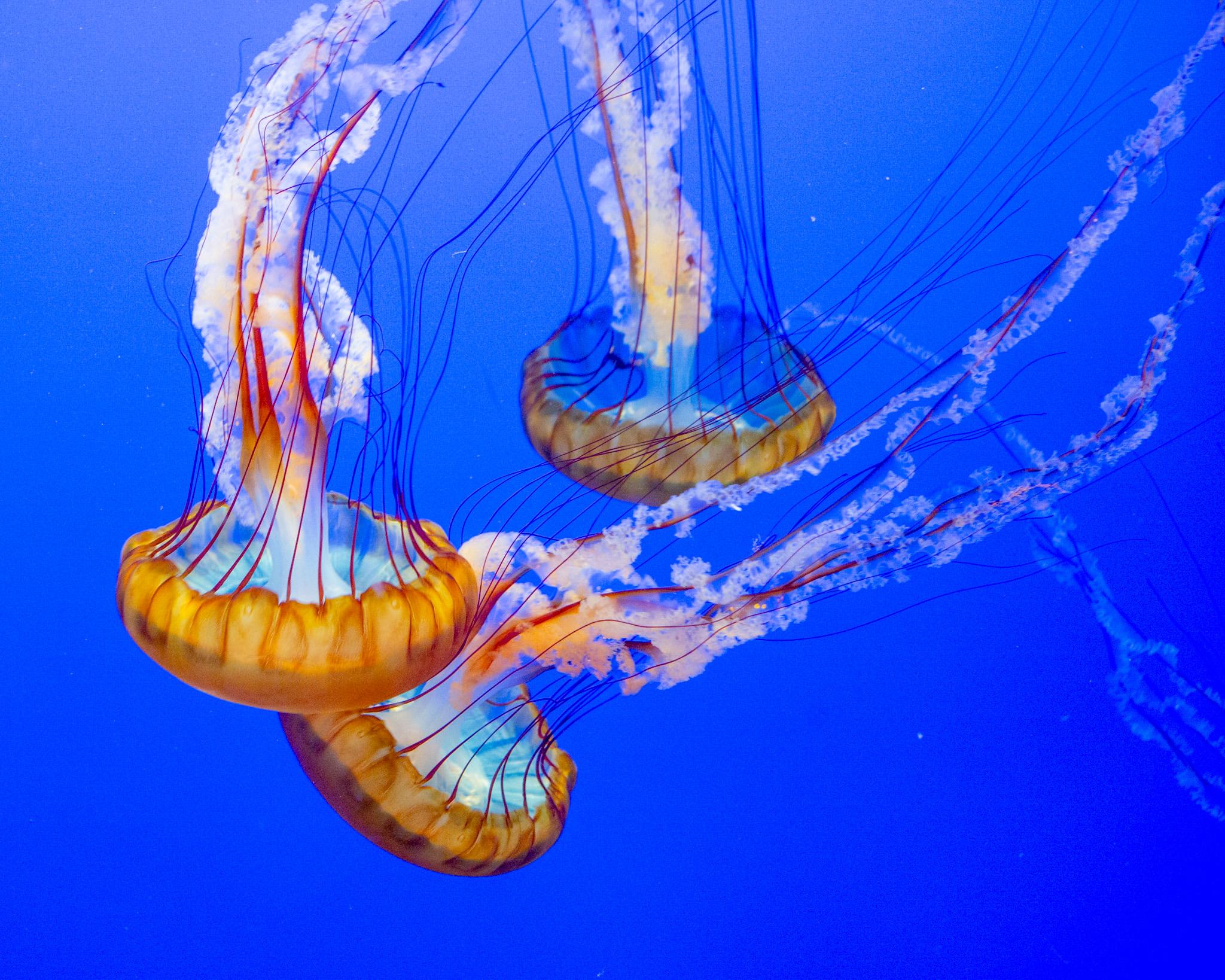
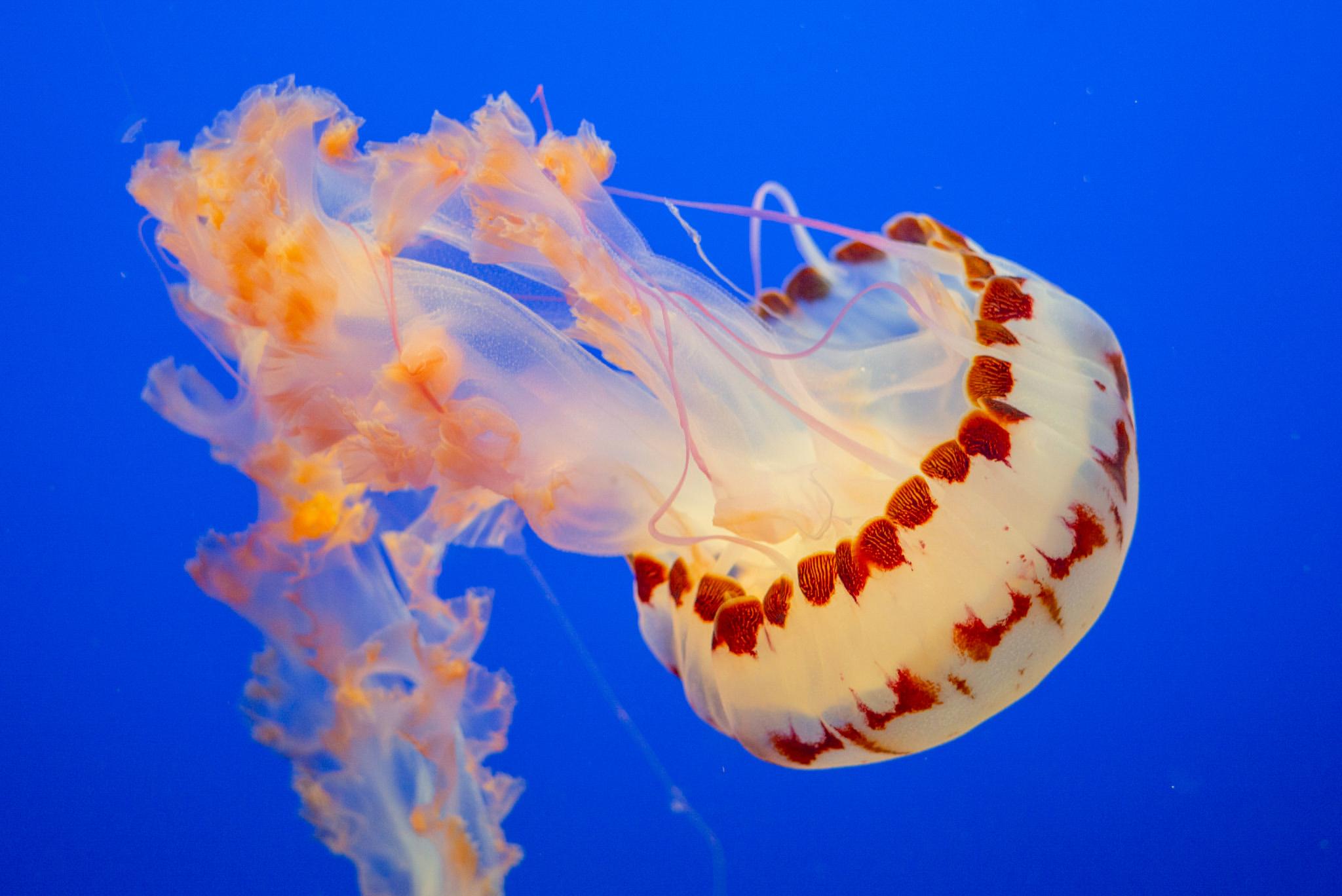
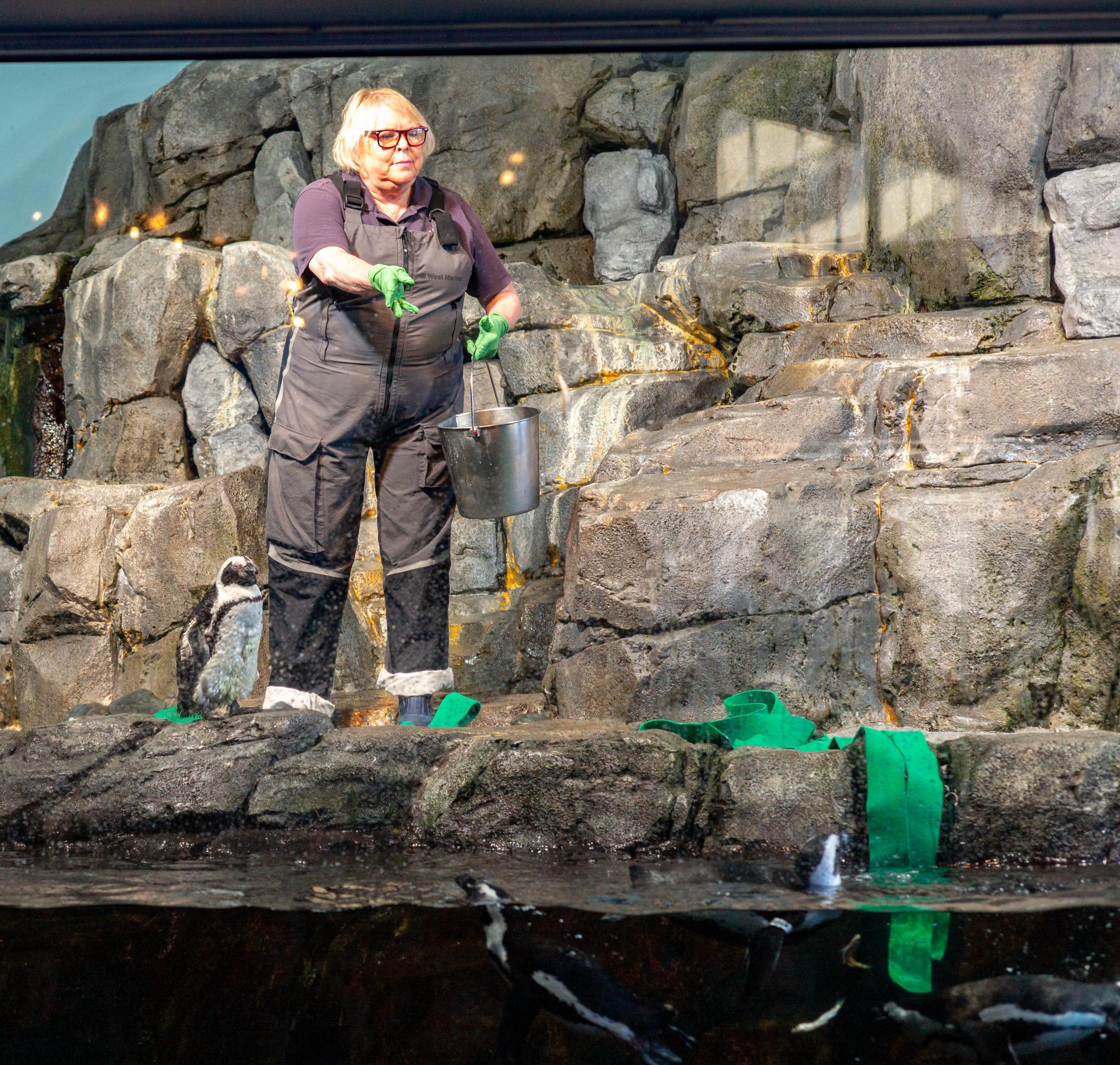
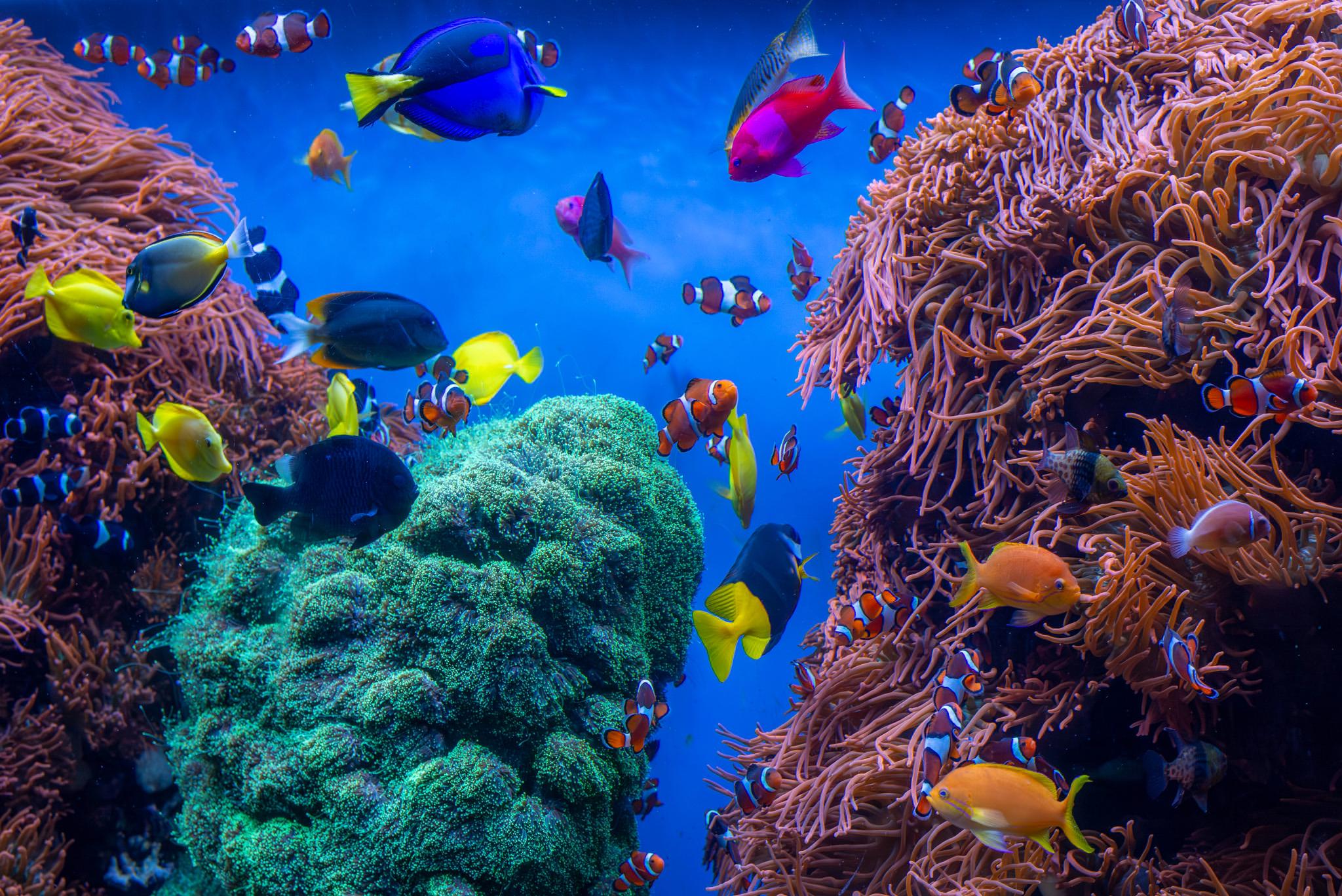
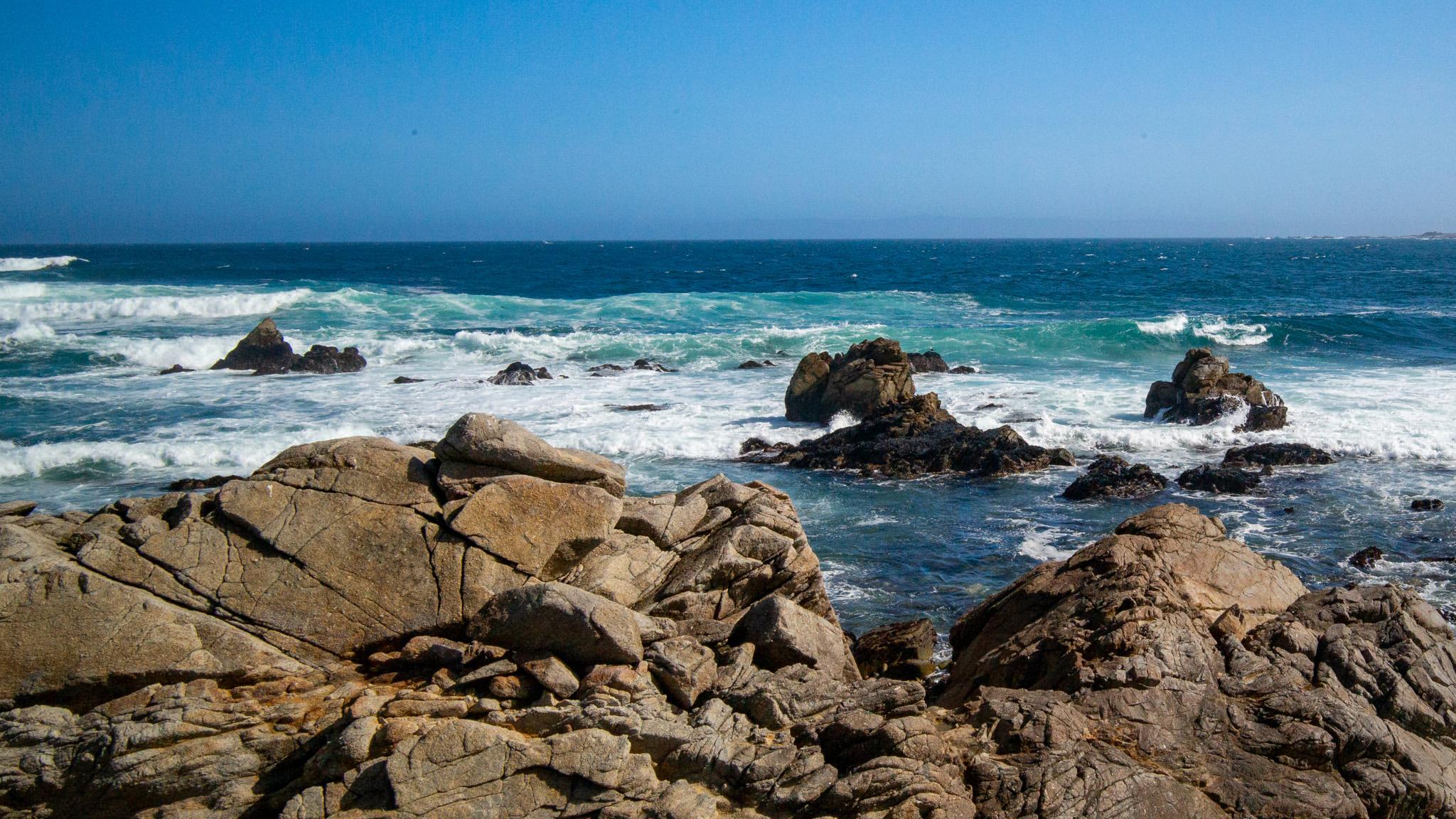
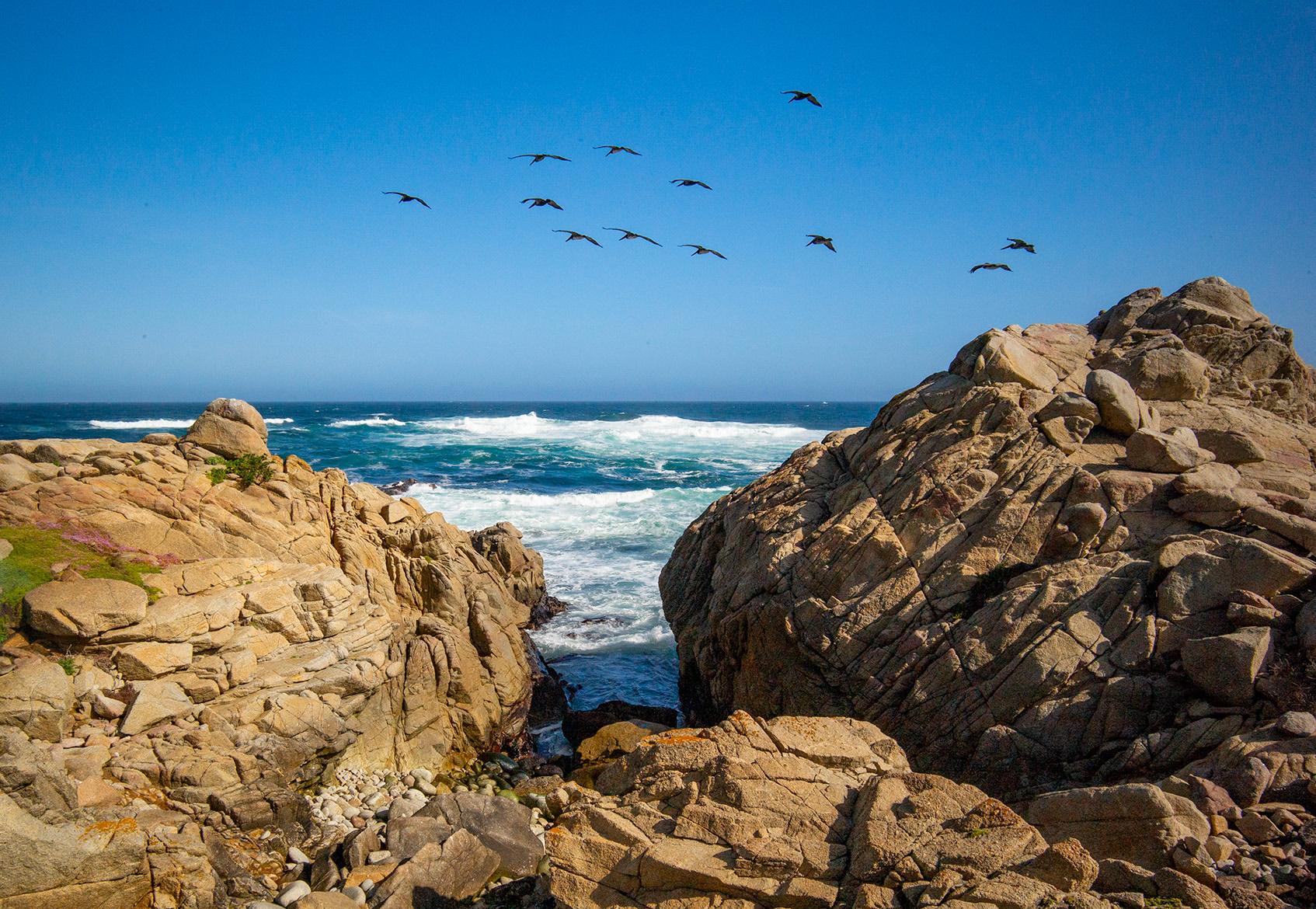
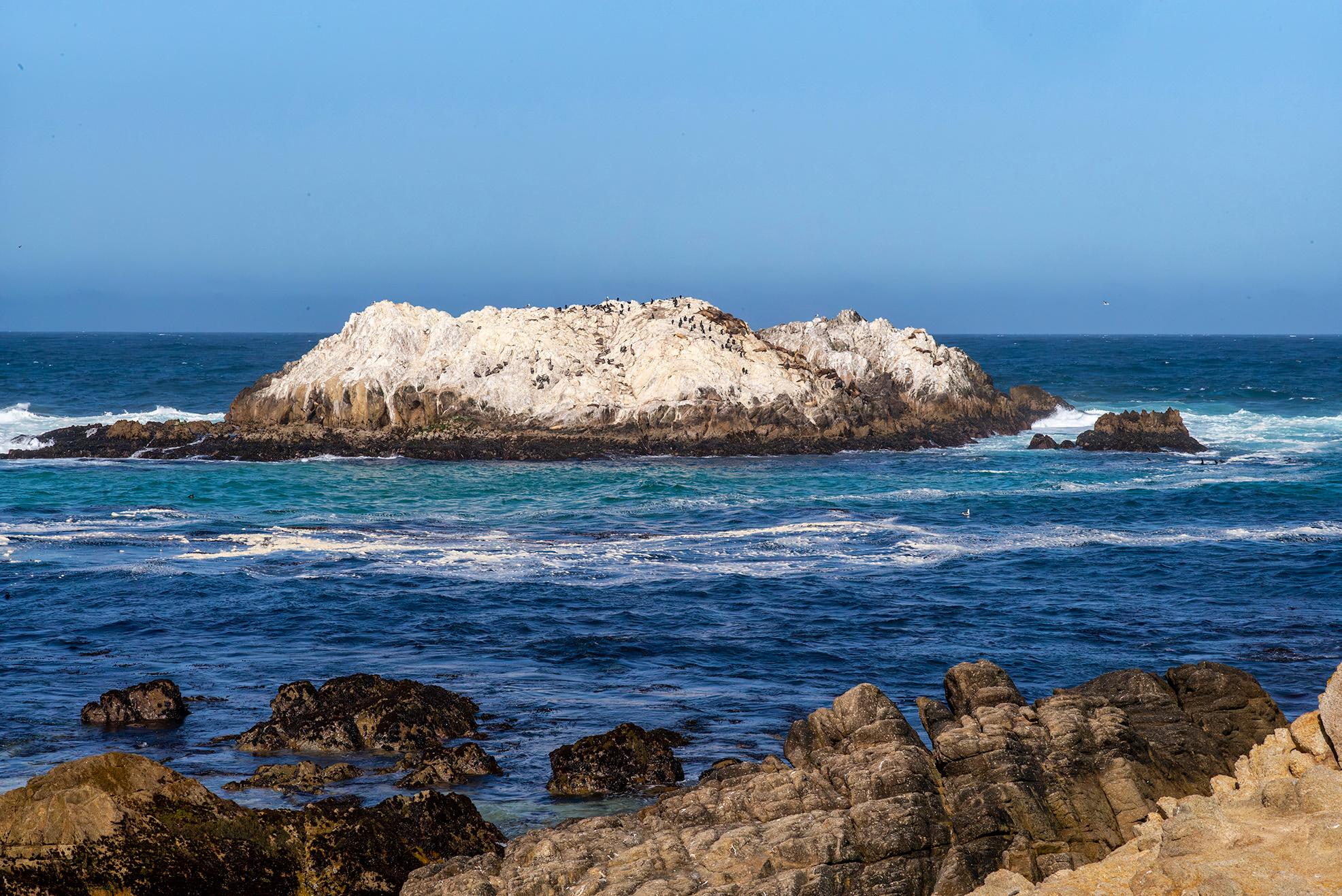
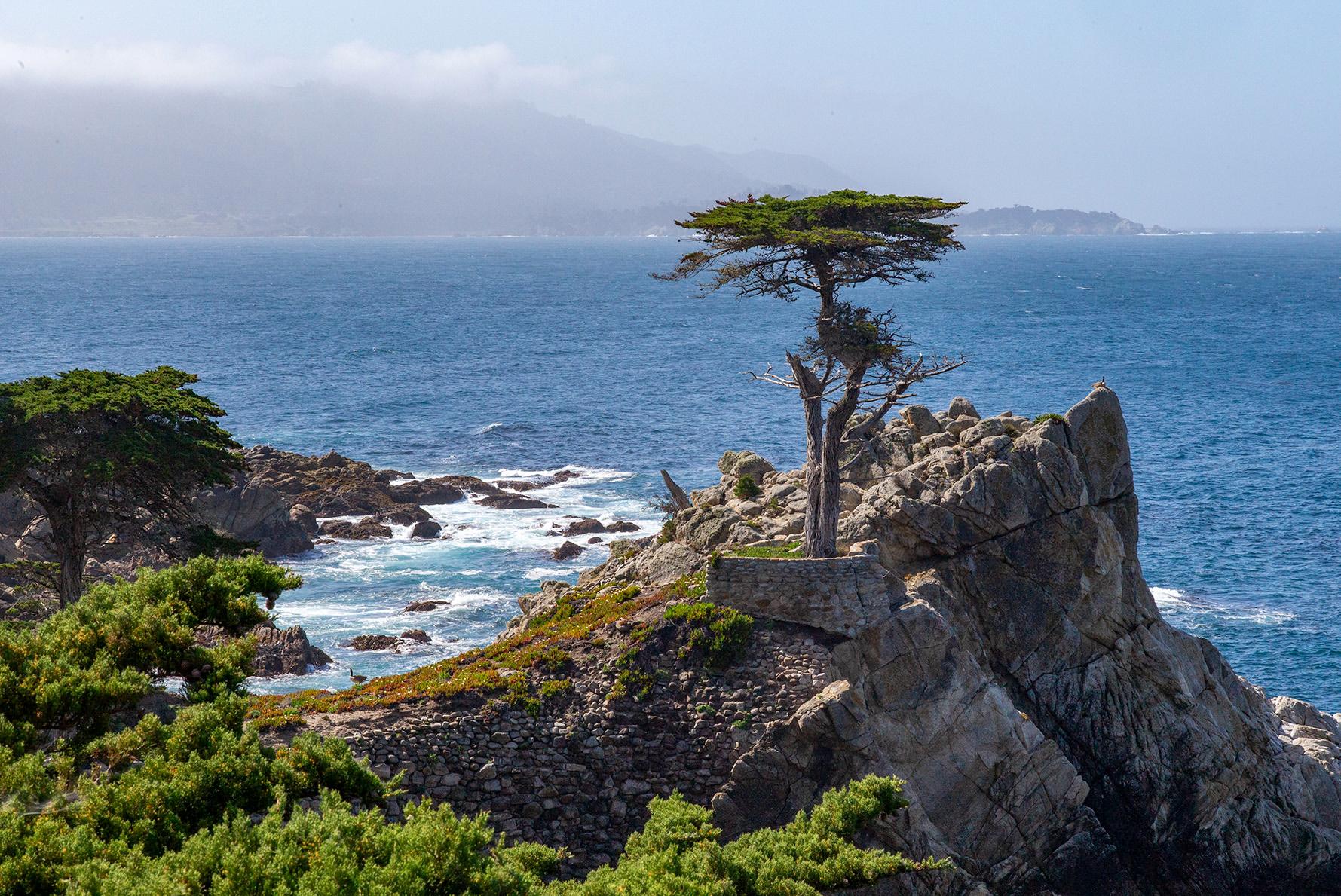
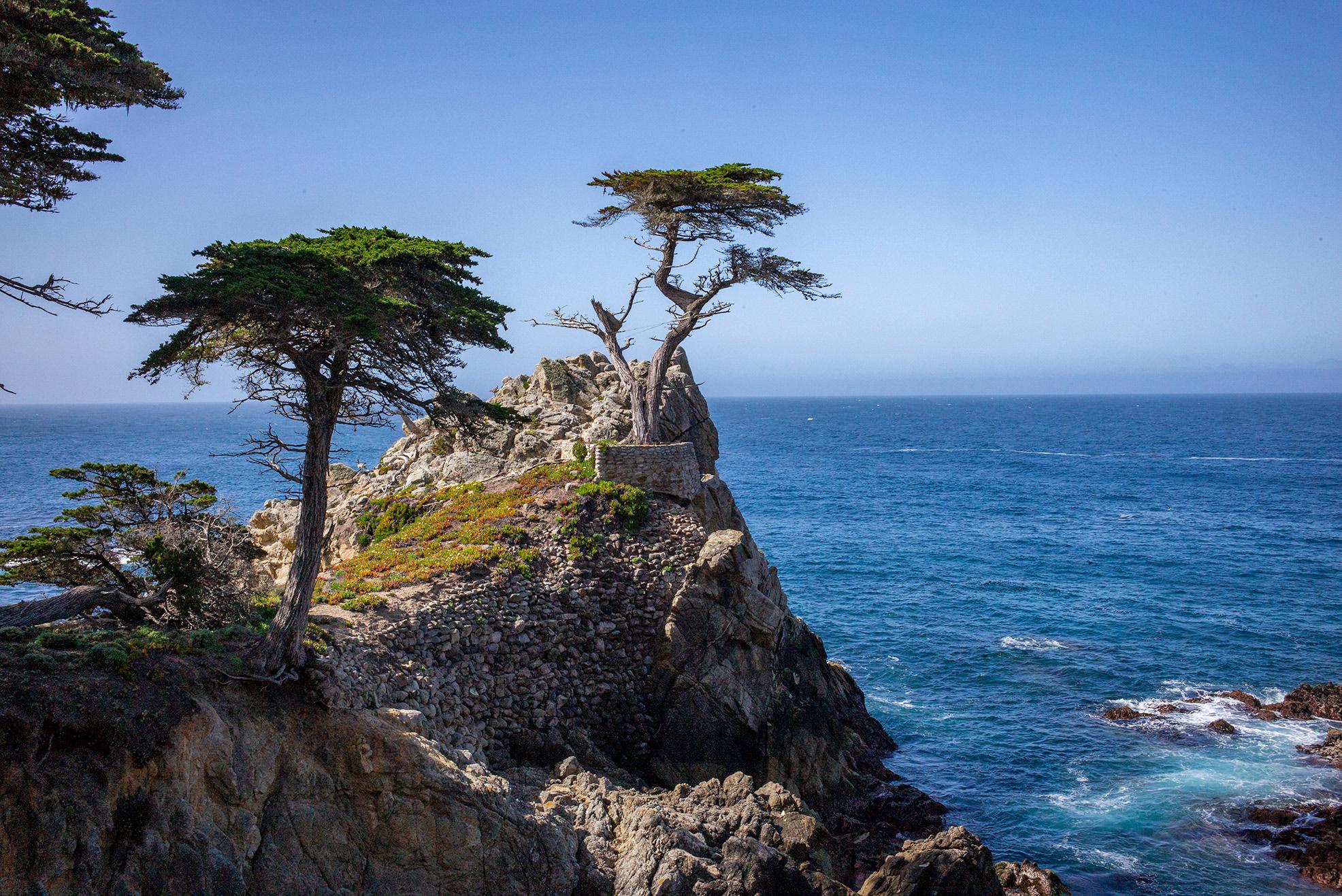




Hi Keith,
Great read as always, love the images of the jellyfish
Thanks Richard. The aquarium has done a superb job of presenting the jellyfish exhibit. The illumination is both tasteful and effective, making it a pleasure to view and photograph. All the best, Keith
Dear Keith,
this is a beautiful story of a conquest to travel only light. It works for sure and one will miss some shots as well. But what’s the problem with some missed shots. There is none. The image quality speaks for itself.
Traveling light has many benefits. We have done that experiment on our first Florida trip after the pandemic and it worked well.
Hope to see You in August.
Greets Dirk
Thanks for all your encouragement Dirk. As you can see, I am very much enjoying the rangefinder world! Looking forward to your next visit! Cheers, Keith
This is prime territory for the M system, imo. The lenses are so small, and the bodies so easy to carry. For those used to rangefinding, the lack of autofocus hardly matters. It brings a real sense of joy to shooting. Of course any system brings joy, but that doesn’t bar certain systems from having their own particular flavor. The M certainly does.
Hyped to see M240 in action! I’m on M240 + 35/2 + 90/4 as my travel kit and it’s SO convenient. Fits in a 3L crossbody with ease, and no question of which lens suits the task at hand. Really keeps the mind free to explore other ideas.
Nice shots ✌️
Thanks Josh. Yes, once you have used a rangefinder system for a while, focusing becomes second nature. Then, those small lenses and compact bodies come into their own. It really is a beautiful way to take photographs. All the best! Keith
Thanks, Keith, for your story and images. A great place to visit for sure! I just came back from a holiday where I wished I had taken a two or three lens M kit instead of the SL. Not because of the photographic outcome, but because I prefer the shooting experience. The Voigtländer 21 would have been in this kit for sure! JP
Hi Jörg-Peter, many thanks! I am not sure I would take this kit on a multi-week trip to the other side of the world, but for short trips and long weekends, it’s hard to beat – for both fun and quality of images. Cheers, Keith
Nice photographs and story. Went on the same trip October 2023 plus some more driving the Big Sur. Got more or less the same pictures as yours – so very much touristique shots. Did though manage to get some street photographs in and around the LA area as well – but that’s another story! My Lens/Camera Combo: Leica M10 plus 50mm Summilux ASPH, 28mm Summicron ASPH and 90mm APO Summicron ASPH. 50mm being my favourite – here’s my statistic of keepers from the trip: Total shots: 208. 50mm: 166; 28mm: 37; 90mm: 5. Camera and lenses were with me all times, in a Ona Bowery bag.
Hi Stig, many thanks! Yes, guilty – definitely a set of touristy photos! Fascinating to hear that your lens selection is shifted to slightly longer focal lengths than mine. Based upon comments made on previous articles, it seems most M-shooters anchor their lens collection on either 50mm (as you have) or 35mm (as I have) and then add a longer and shorter focal length accordingly. I am very happy with my 21mm, 35mm, and 75mm spread, but sometimes wonder what it would be like to shoot regularly at 50mm. On a different topic, where do you come from? My mother’s family name is Otteson (although the spelling might have been different originally), derived from a great, great, grandfather from the Island of Bornholm, in Denmark. All the best, Keith
When you have the SL series of cameras, with a great selection of native and propriety lenses, other than weight reduction, what does the M offer?
Curious
Hi Stephen, if I had not taken the M-kit I would have taken an SL-kit along the lines you describe. For me, the fun of using the rangefinder was the principal motivation for taking the kit I did. Also, something of a personal challenge, to see if I could do justice to the scenery using this ‘archaic’ approach to focusing. And, it was indeed fun. All the best, Keith
It’s an interesting idea, one that i’ve yet to discover, not having tried the M system.
Maybe I should rent an M for the weekend?
Rangefinder, small form factor, smaller bag. Just look at the 35 APO-M vs the 35 APO-SL. Both incredible lenses, but the SL is 2.5x the length and 2.3x the weight. Other comparisons are similar. I love the SL kit, just now my preference for travel.
Thanks Keith,
Lovely shots! Thank you Keith!
This is a lovely reminder of a road trip I did many years ago from SFO to LA on PCH1. Monterey is certainly emotive when you think of Steinbeck. I’m no golfer but on that trip I was sad to have just missed the Pebble Beach Concourse for Classic and Vintage cars. Wealthy owners fly in their rare cars from all corners of the globe. And Carmel of course once had a very famous movie star as its mayor.
Somewhere close to Big Sur is an old inn overlooking the ocean that was a 60’s hangout. And farther south in Cambria you can stop and see the Hearst Castle that was the model for Orson Wells’ “Citizen Kane”.
If I were to do your trip, or my one from years ago, I think I would still be tempted to take just the Q3. But as always the thought of an M and 3 lenses would be very tempting…
Hi Jon, many thanks! I have driven the entire PCH previously, from Santa Barbara up to Carmel and back, but sadly, on this occasion it was closed just twelve miles south of Carmel because of a landslide. It seems to be an all too frequent occurrence these days. The local transport authority is in a perpetual battle with the elements. And unfortunately, it’s probably only going to get worse. I did manage to see a few beautiful views before I had to turn around. As compensation, we drove north along the PCH from Monterey to Half Moon Bay, which I had never done before, and which I will describe in the next installment. All the best, Keith
I love Half Moon Bay! Great spot. And not sure whether you’ve completed your trip, or how. much you like driving but…
From Half Moon Bay you head east on San Mateo Rd. until you arrive at a T-junction and turn right onto Skyline Boulevard and head south.
The road splits at “Alice’s Restaurant” and you can take the La Honda Rd. which will take you back to the coast, or continue south on Skyline until you hit 17 just south of Lexington Hills. And that takes you to Santa Cruz.
It’s an exhilarating drive through the woods whichever way you go with glimpses of the Pacific through the trees from time-to-time.
Hi Jon, yes, I know it well. We crossed Skyline on our way to SFO, but did not have time to sightsee on this occasion. I have lived in the Bay Area several times, and driven along Skyline many times. We drove along 17 on our outbound trip to Monterey vis Santa Cruz – a scary road! A few years ago I climbed Old La Honda Road on my bike. It was brutal. Must be around 1,000ft of climbing. Serious work out! Cheers, Keith
Hi, a lovely article accompanied by gorgeous images. I love your “stealth” M240.
Hi Brian, many thanks! Yes, my M240 is probably the polar opposite of stealth! I think of it as both a camera and a fashion accessory… 🙂 Cheers, Keith
Keith
Thank you for posting this entertaining article with its high quality images. I especially like the seascapes.
I quote:
“A zoom would have been easier, but optically, the three prime-lens kit delivered great photos.”
Yes, a zoom would have been easier but traditionally heavier and less convenient for a road trip such as the one you undertook. Up till now there is no cogent answer to the question; “which is better, the trinity of primes versus a zoom?” However new to the Sony stable is a 24-50 mm F2.8 G lens at only 440g with excellent optical performance. So if one doesn’t mind losing slightly longer reach, Sony has an ideal full frame travel camera in the A7C or the A7CR coupled with this new zoom lens.
I have just bought a Sony A7C with a 40mm F2.5 G prime and I also have a RX100 mark 6 with a 24-200mm zoom, so my travel photography needs, I believe, are well satisfied.
Chris
I second the “..RX100 mark 6 with a 24-200mm zoom”. Perfect travel camera.
Hi Chris, many thanks! I think I will weigh my camera bag loaded with either the 3-lens M-kit, or an SL2 mounted with either a 24-70mm zoom, or a 20-60mm zoom. As you imply, any of these set-ups would deliver great images – just very different photography experiences. All the best, Keith